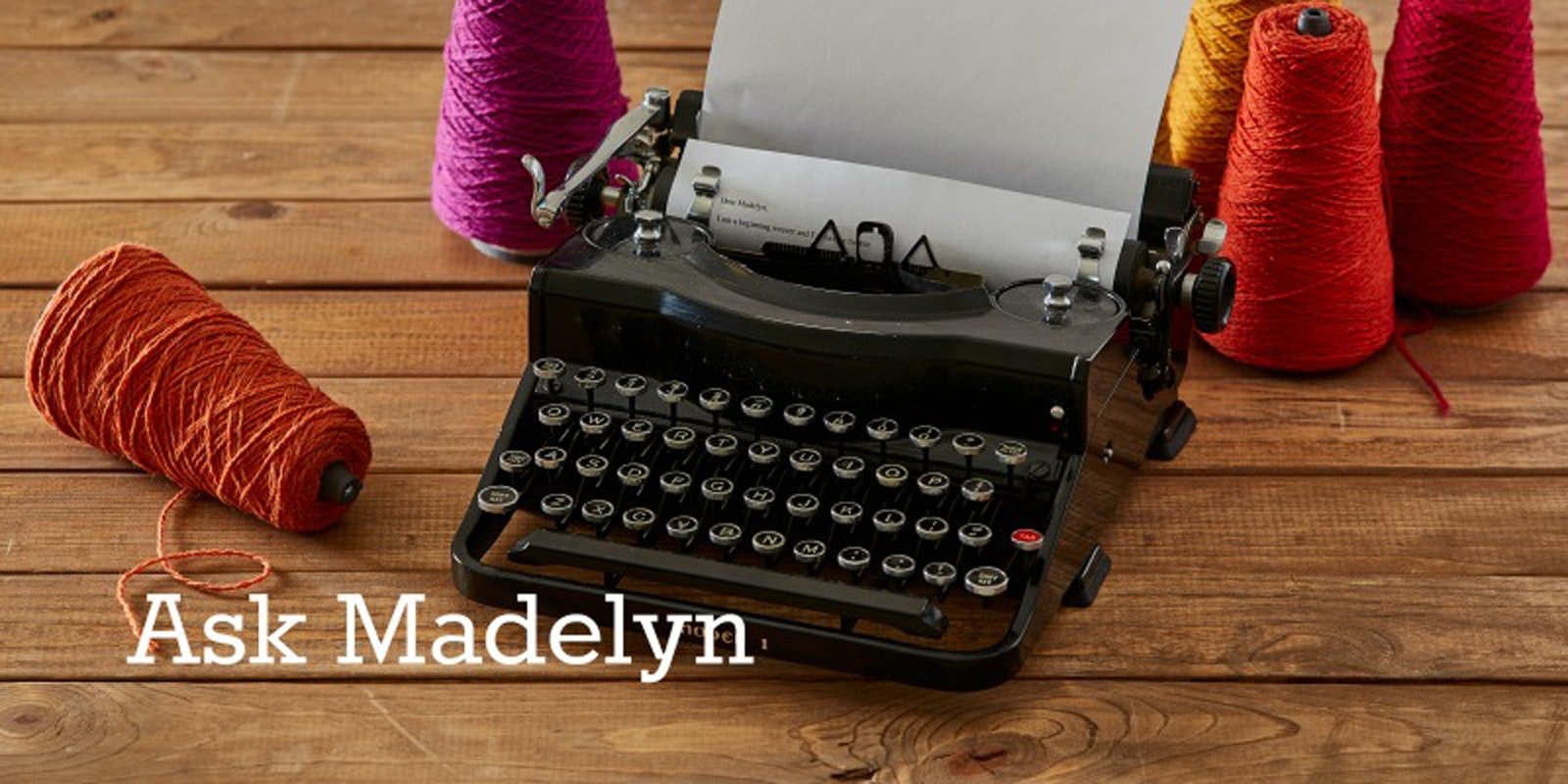I read in Allen Fannin's book about how best to wind a bobbin. I wasn't exactly certain what he meant, but it sounded like this: it's best not to wind each turn exactly next to the previous one (my first inclination) because it creates friction, part of the time, as the yarn comes off, and jerks it... better to move the yarn back and forth quickly as it goes on, so that looking at the finished bobbin, you see lots of criss-crossing (like on a cone), not neatly lined up turns. I started winding bobbins that way and my selvedges are better. Any comment?
—Susan Nunn
Hi Susan,
The key issue is to make sure that no wrap of the bobbin is in a position such that when it unwinds, it can get caught on an adjacent wrap. That’s really what Fannin is talking about. (I don’t think friction is the biggest part of what is happening here.) If one wrap sinks in a groove right next to the previous or next wrap, the pull against it (which will usually be from one direction or the other since the unwinding thread is not always positioned directly in line with the wrap) can make it catch. One way to prevent this (Fannin’s way) is to move the yarn back and forth so that each wrap is angled in the opposite direction above the previous wrap. Therefore in unwinding, no “catch” can occur. When I do that, I sometimes accidentally take the yarn off the end of the bobbin as I’m moving my hand back and forth, not being as coordinated as I’d like! So I have found that you don’t have to wind it that way as long as you wind the bobbin very tightly and smoothly, with each wrap adjacent to the preceding wrap. The key word here is “tightly.” (We printed a Tricks article in Handwoven January/February 2008, p. 14, on winding this way). Most bobbins that catch when you are weaving do so because they are not wound with tight enough tension, and so the unwinding thread digs into the soft parallel wraps next to it and gets stuck.
—Madelyn
Posted June 2, 2010. Updated January 2, 2019.
If you have a weaving question please email Madelyn! View related & recent "Ask Madelyn" posts!

